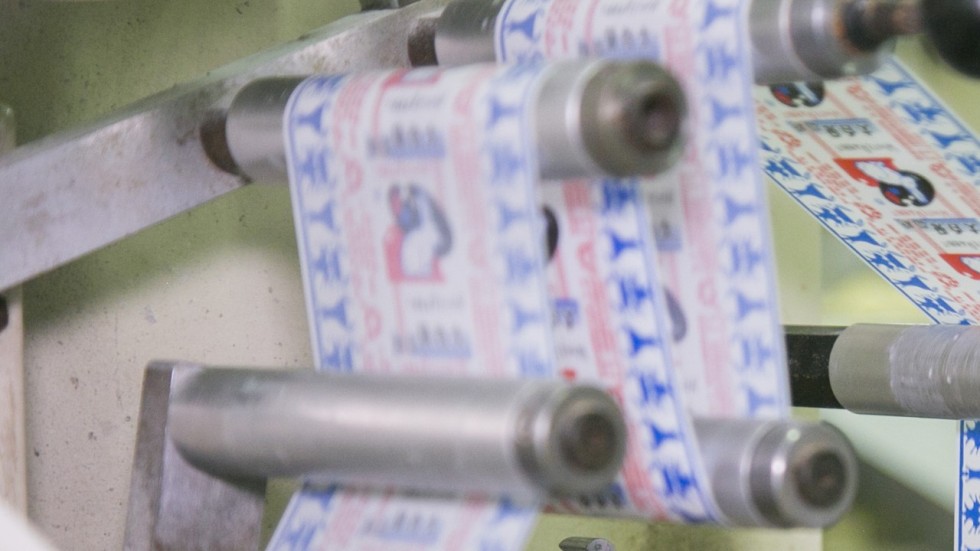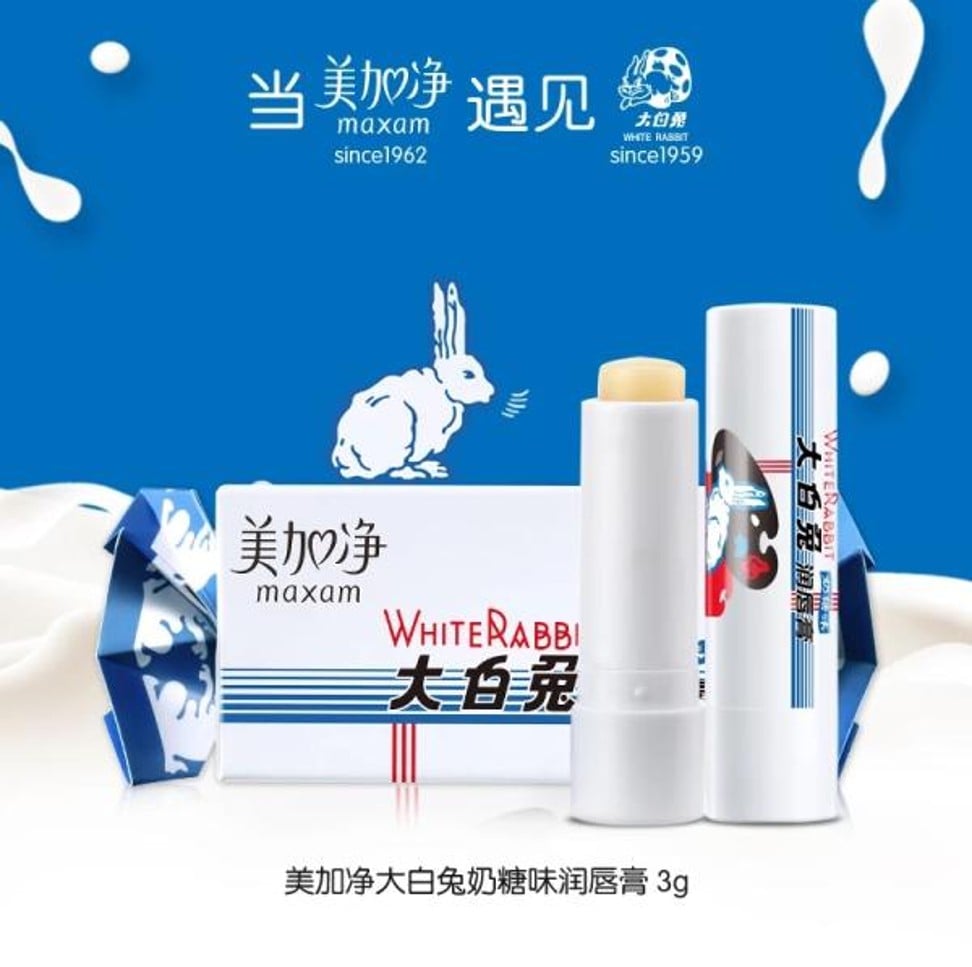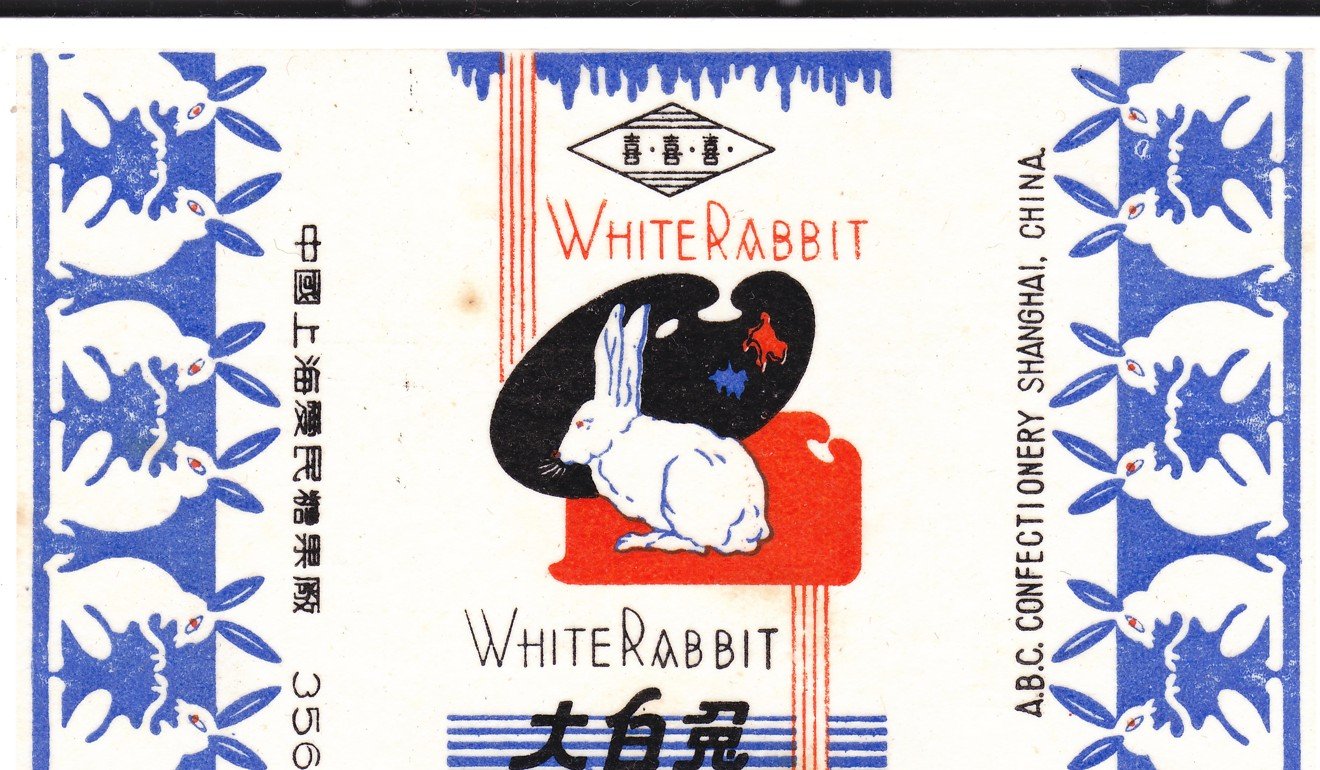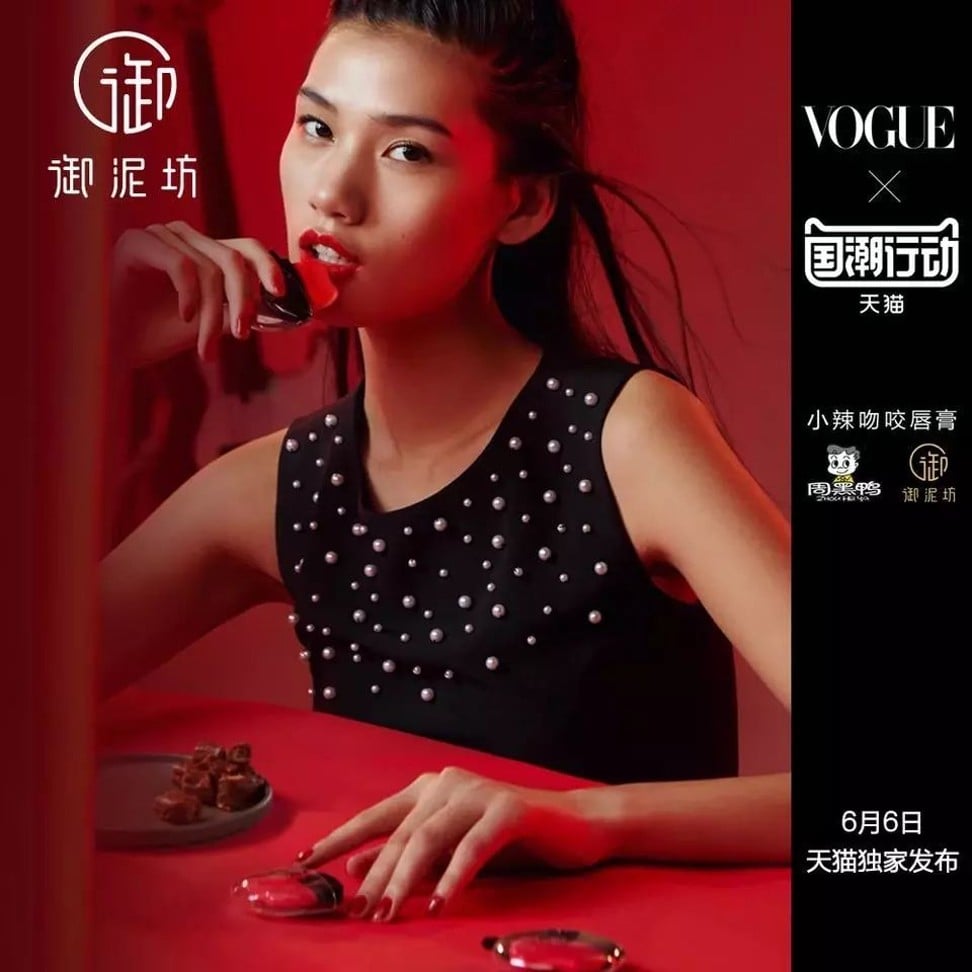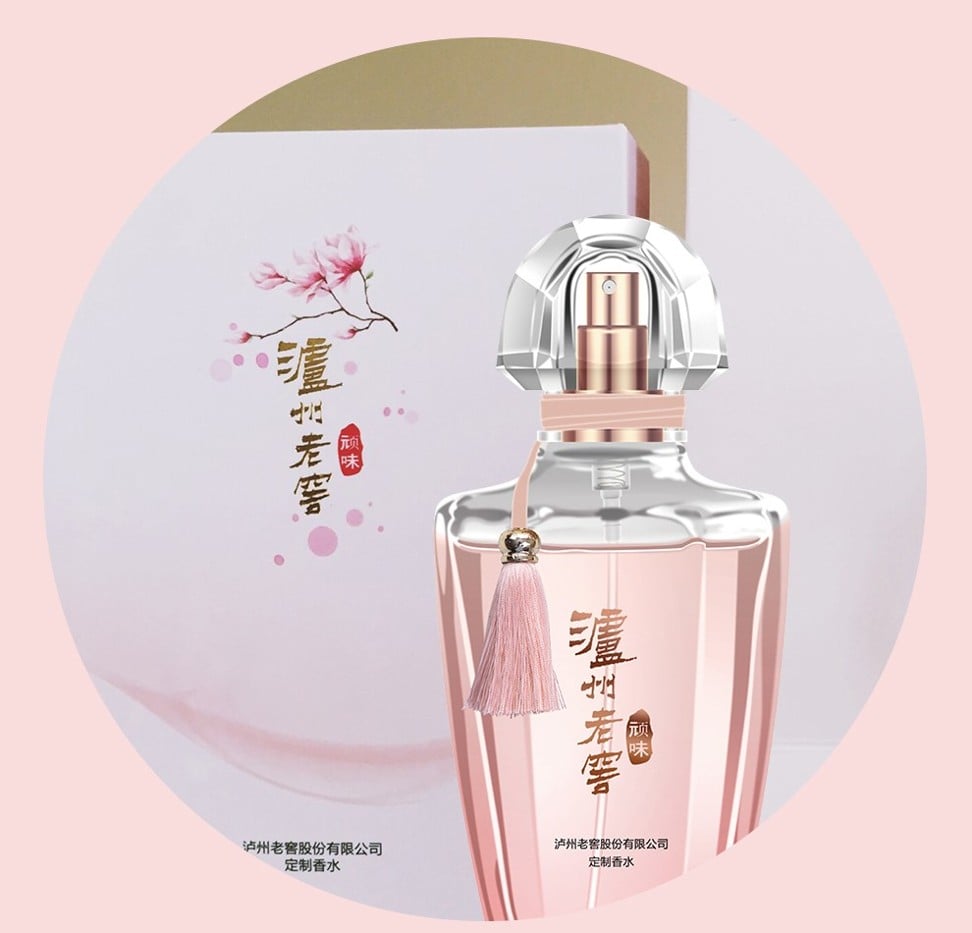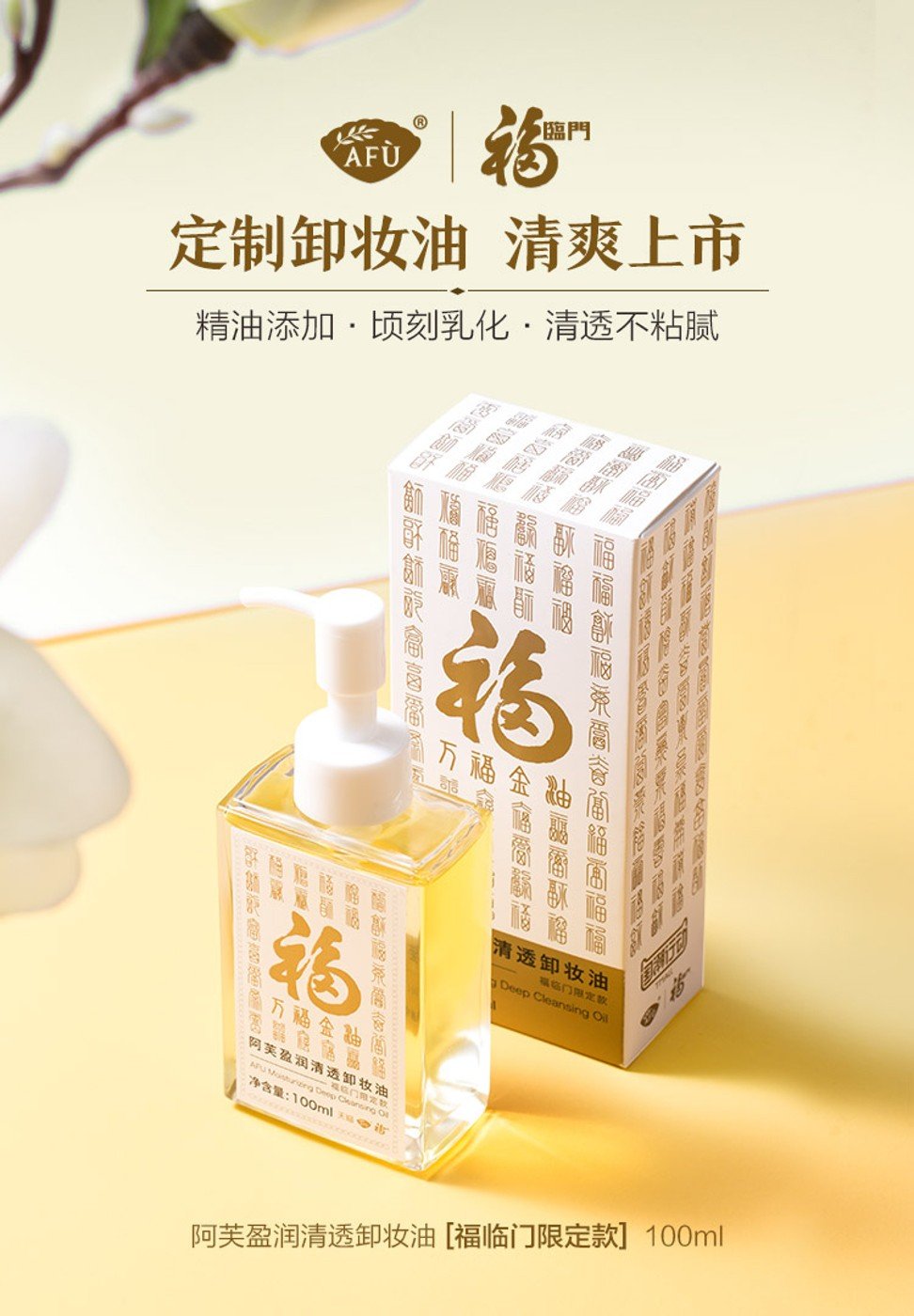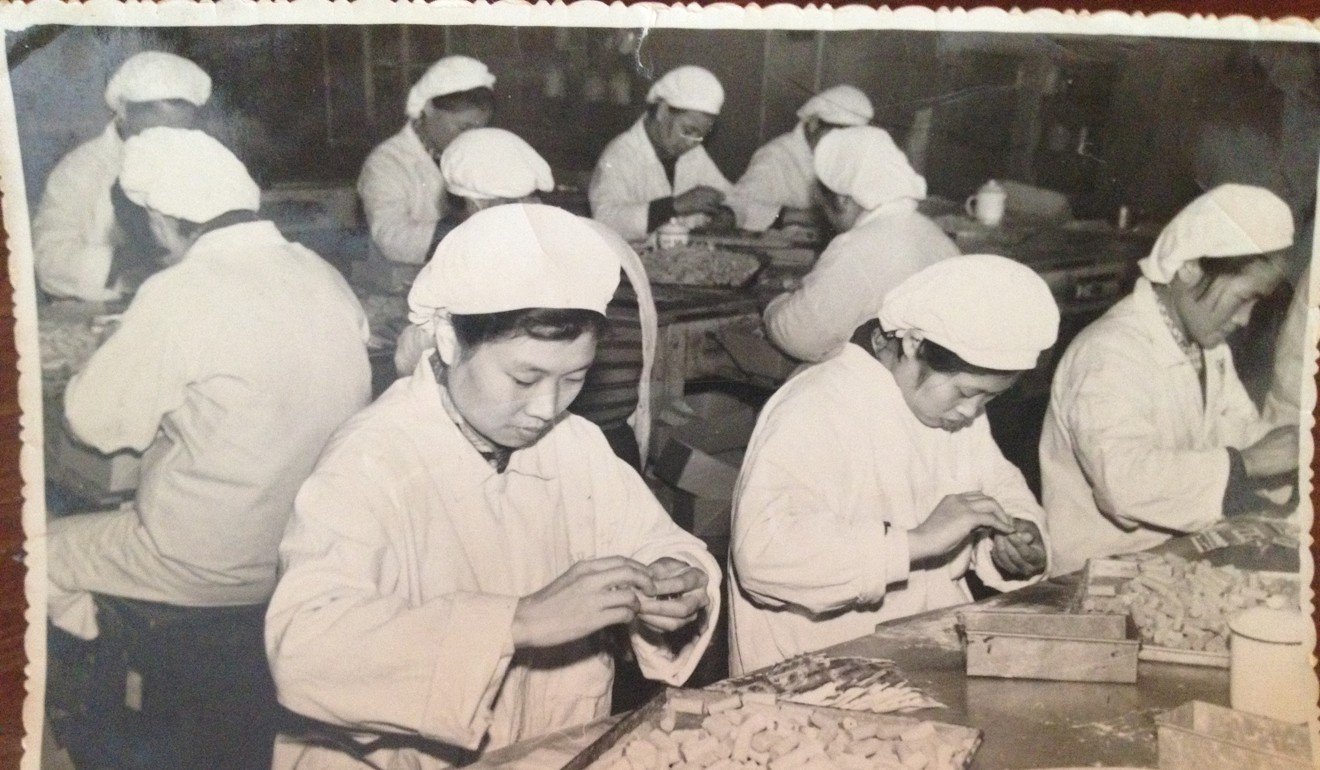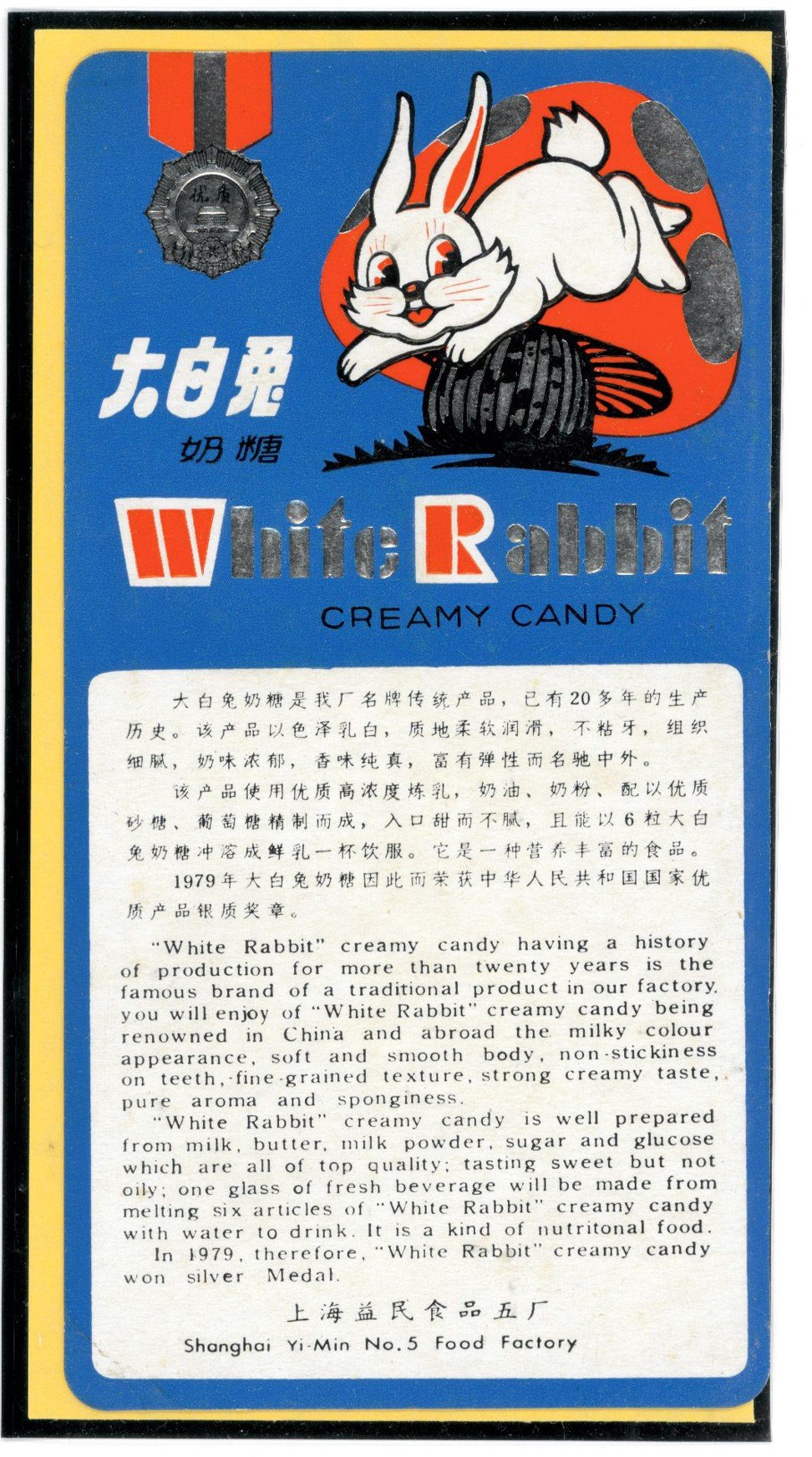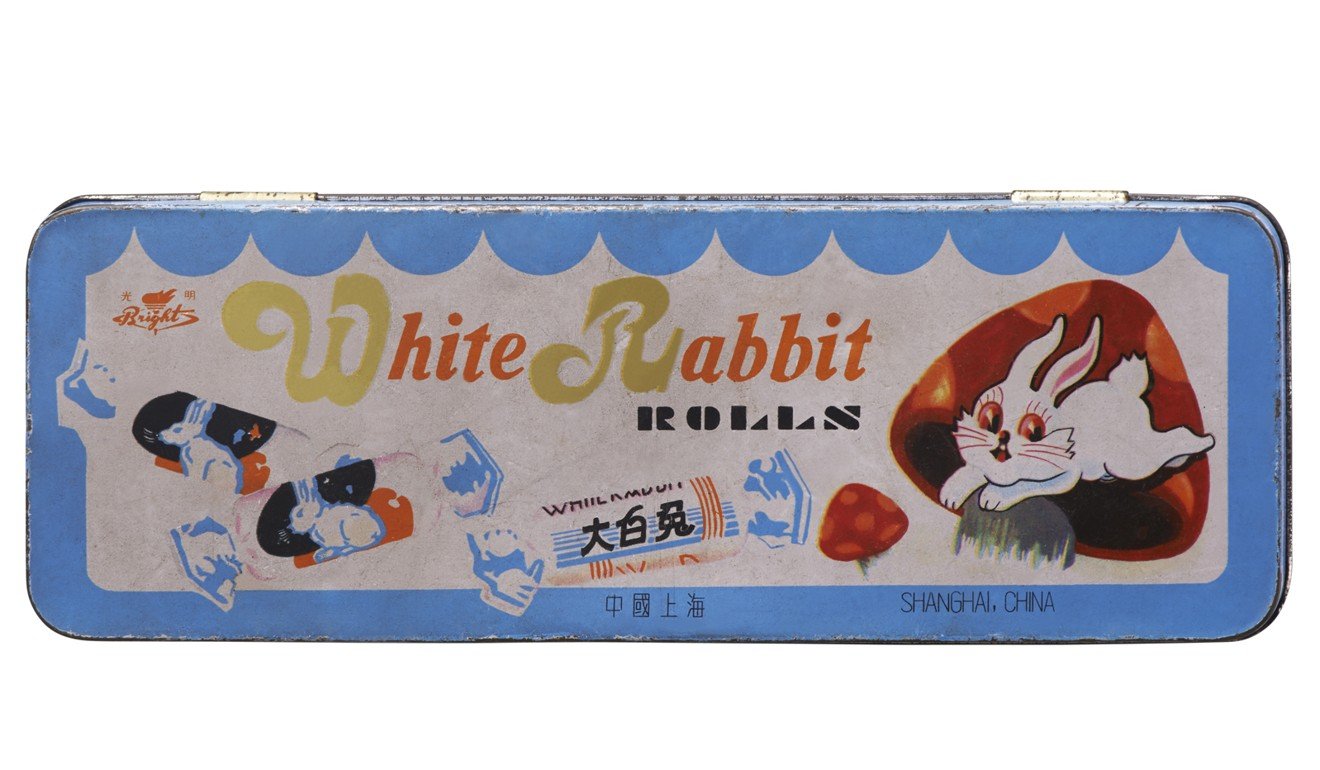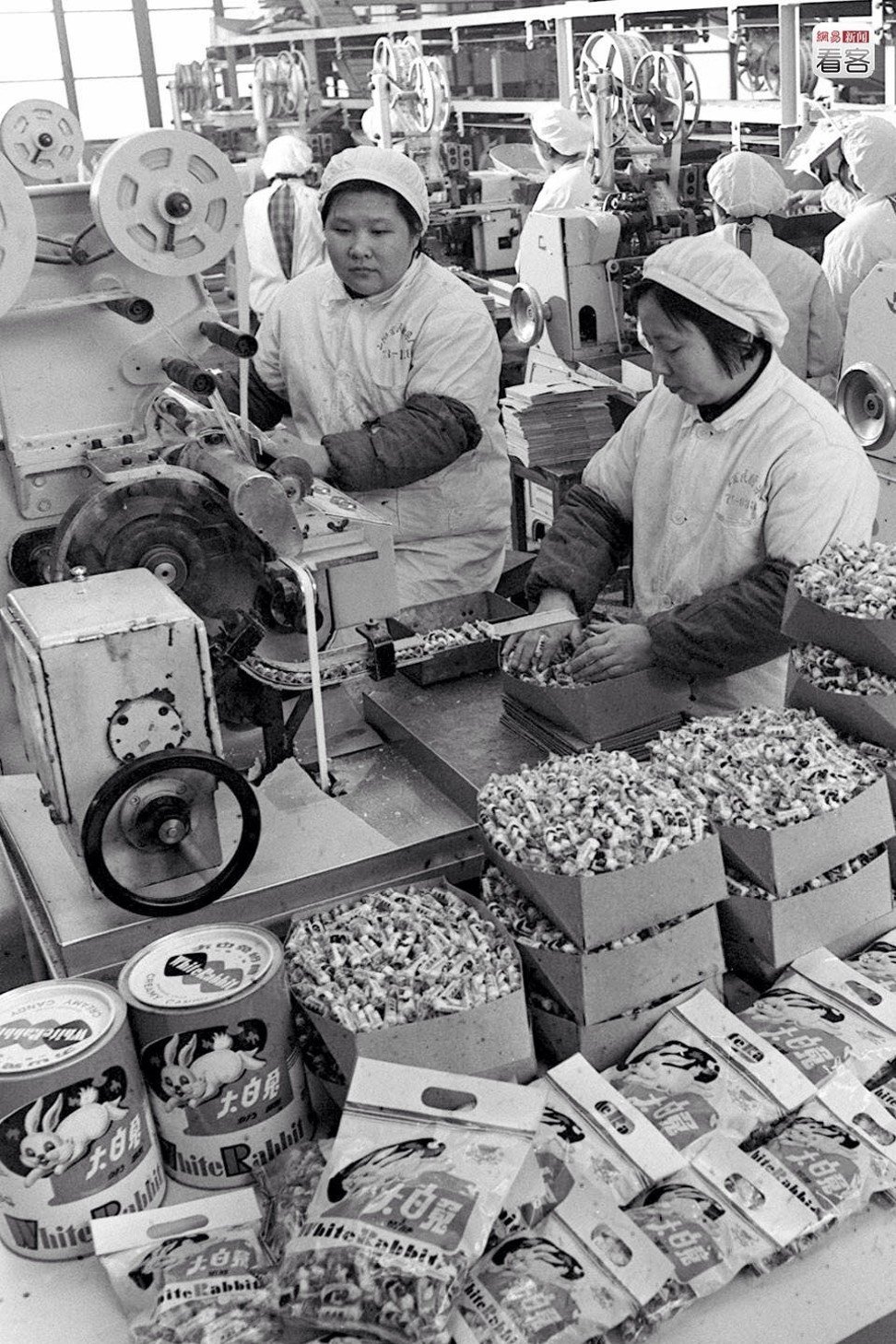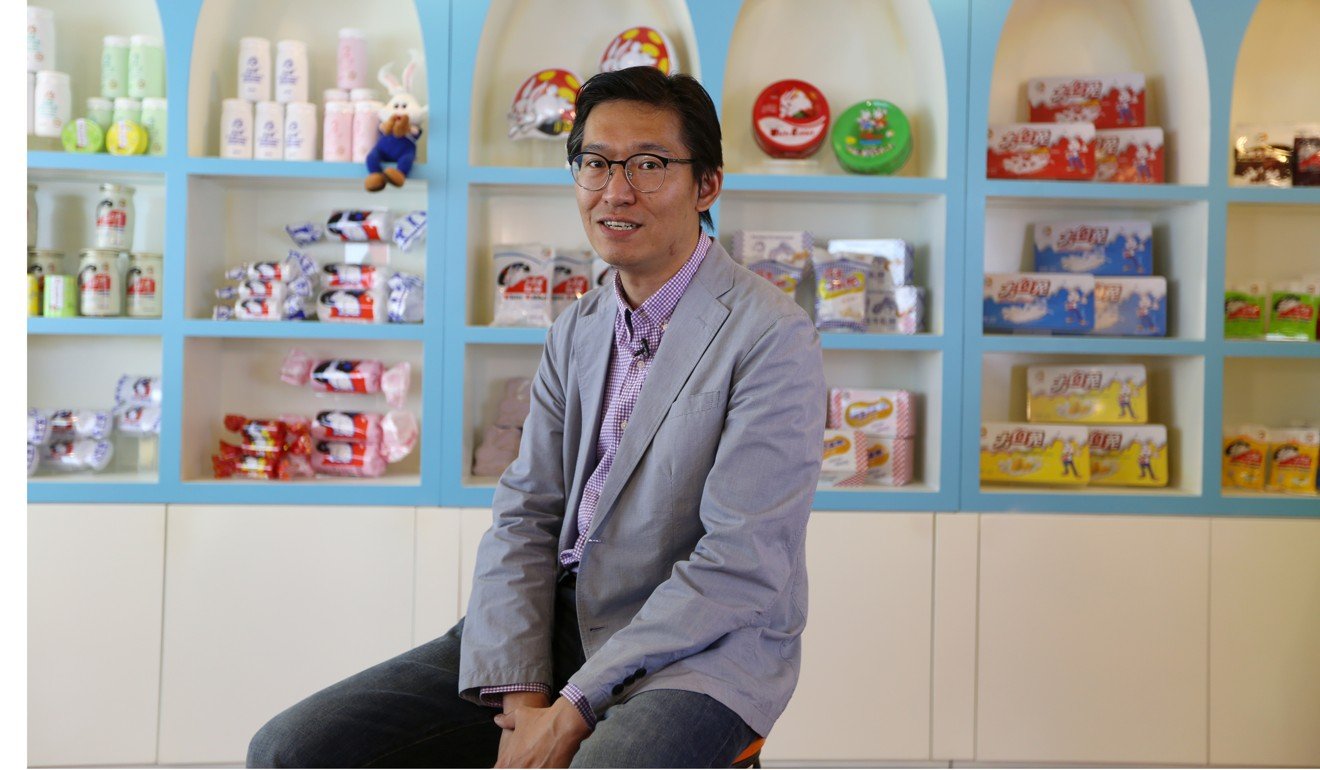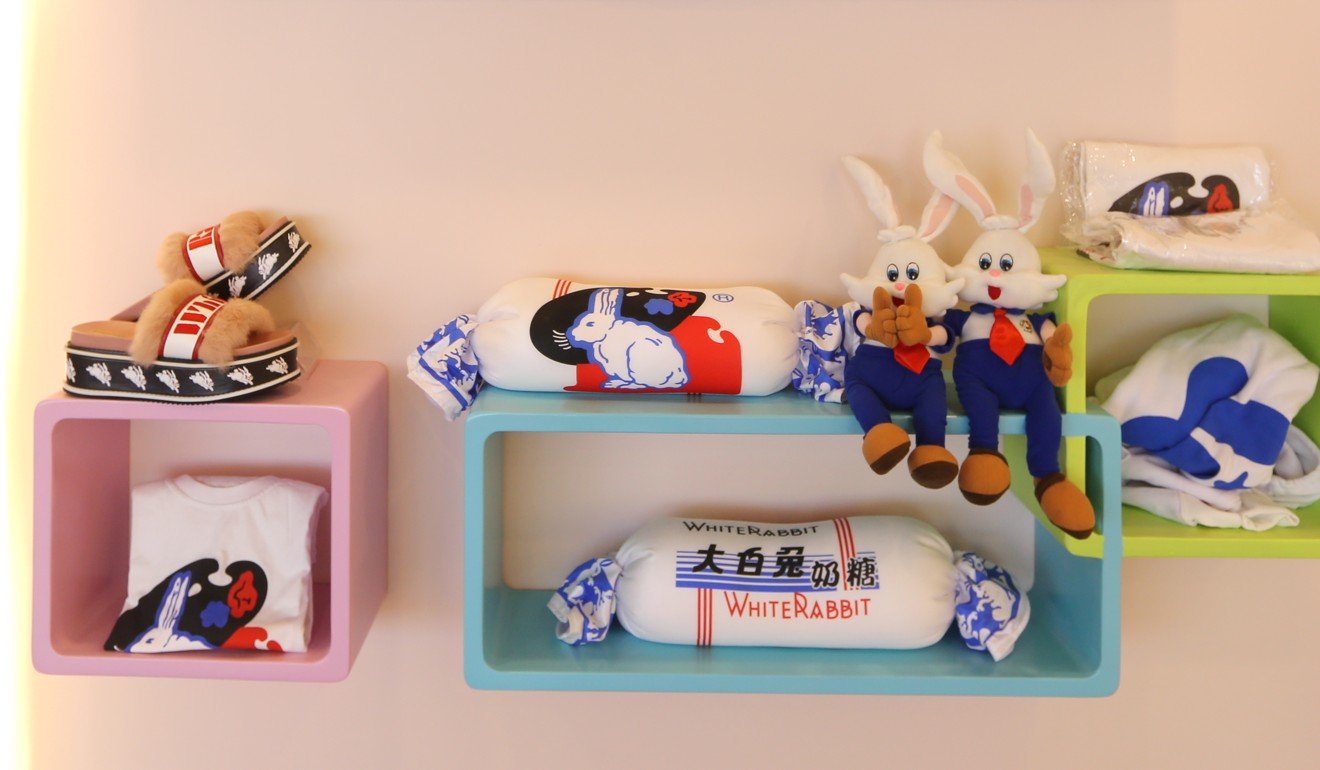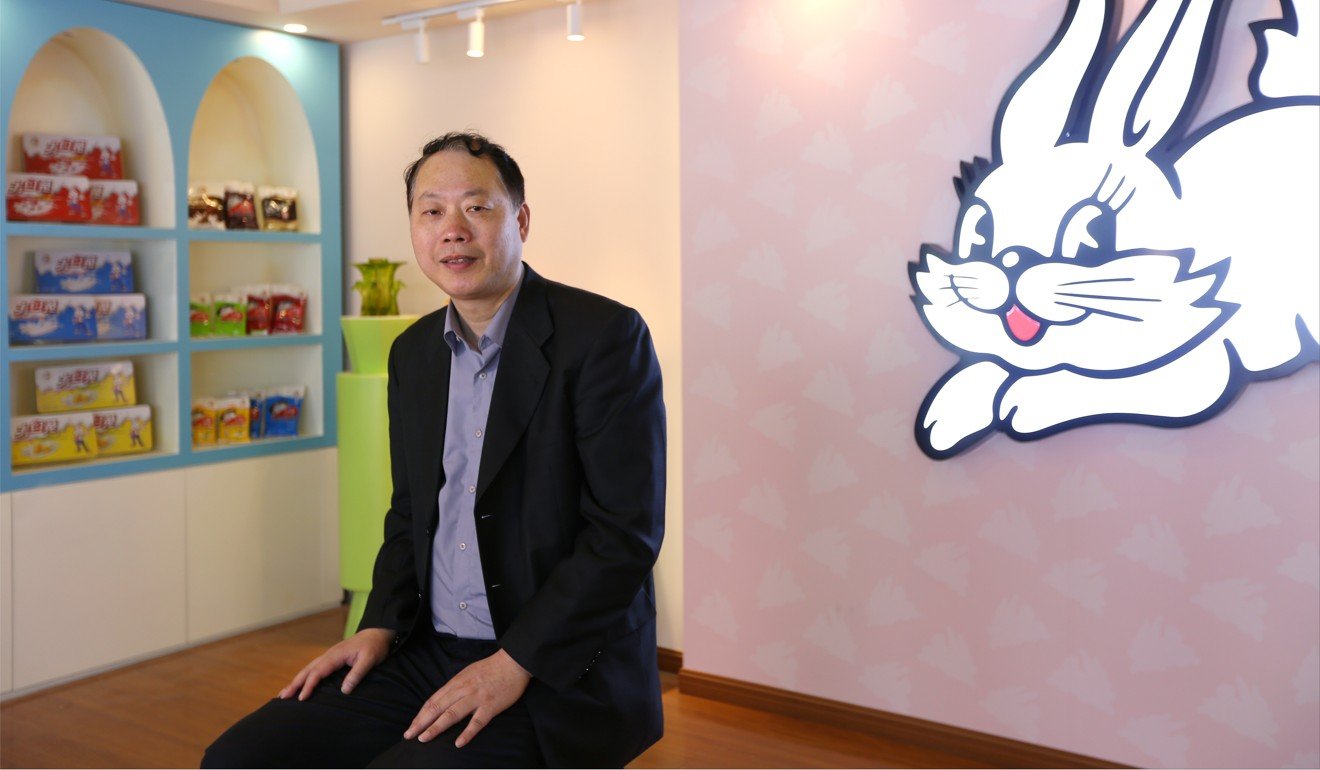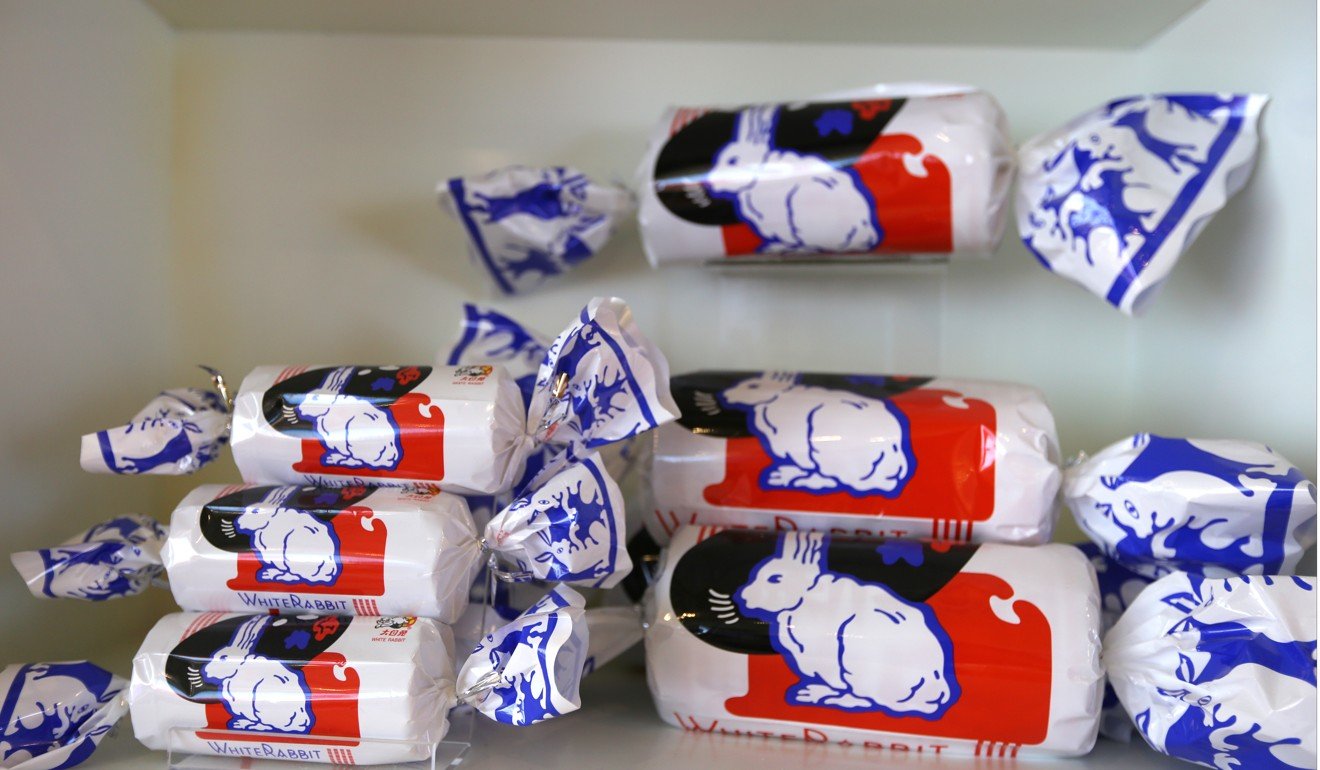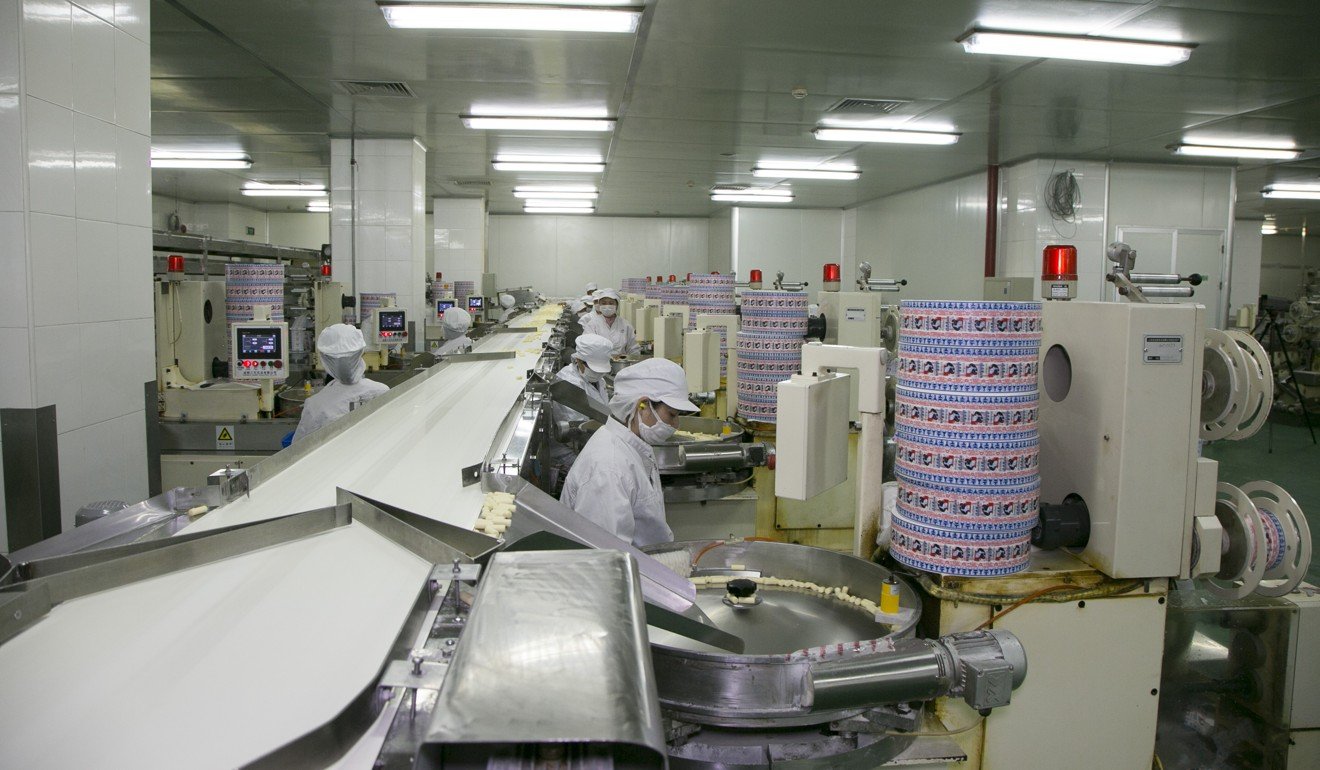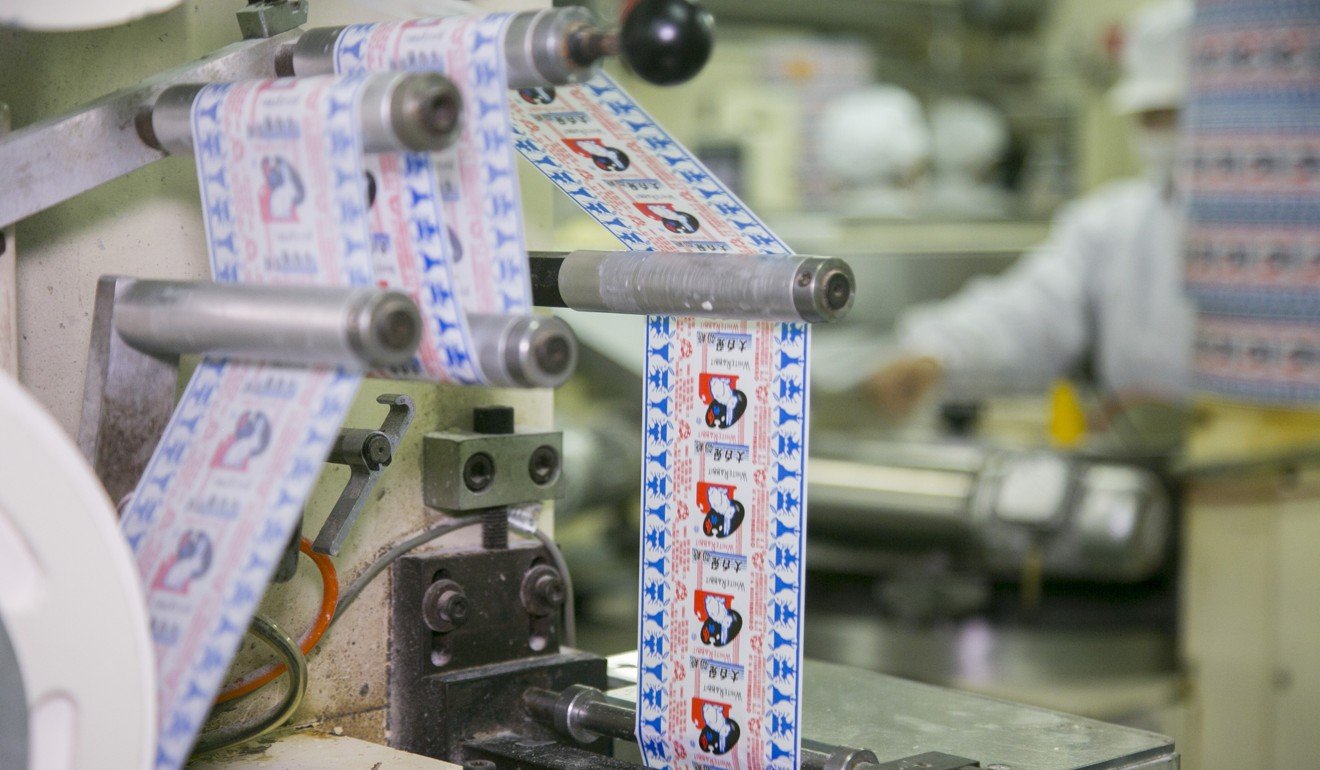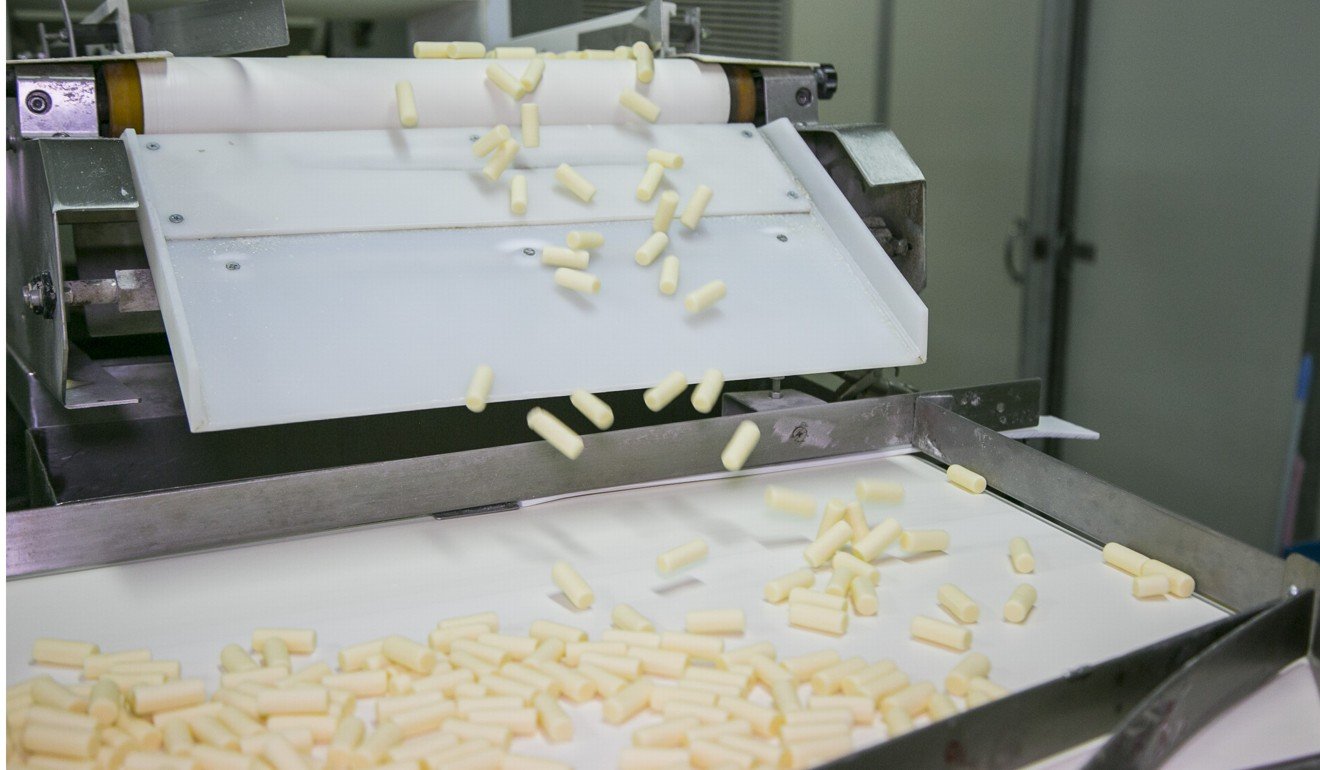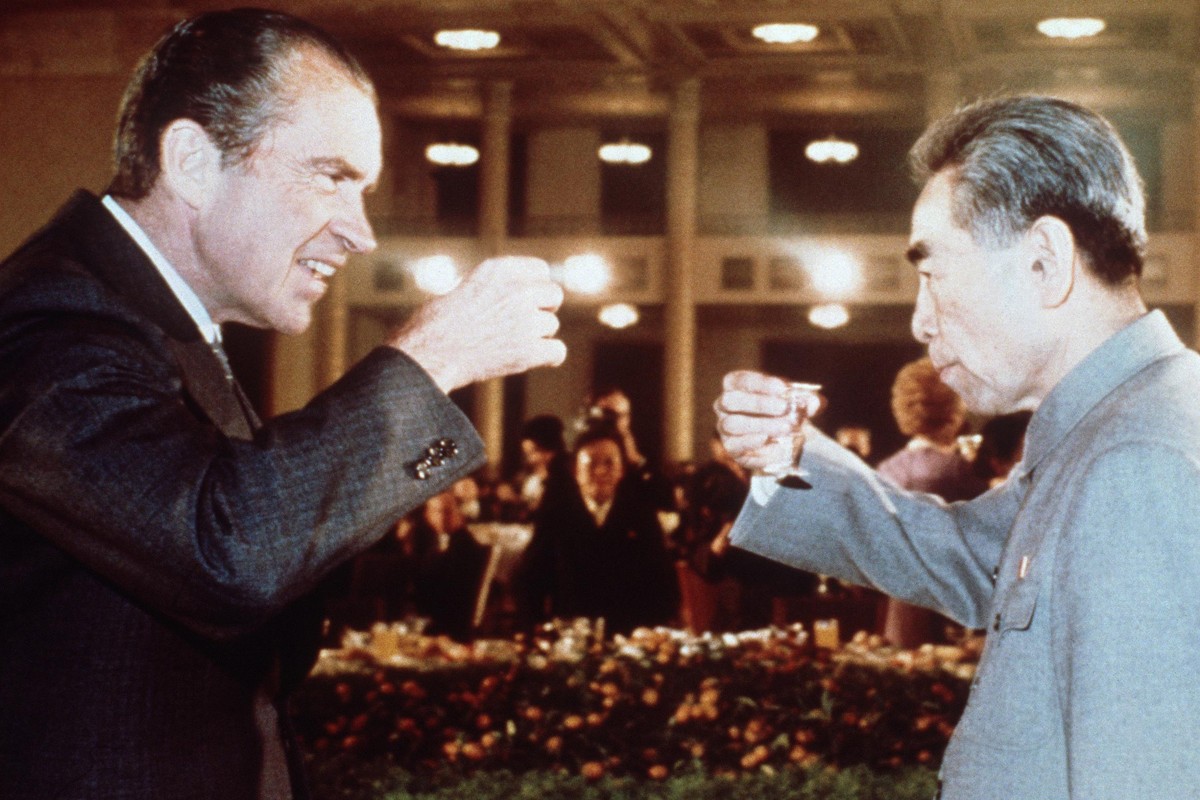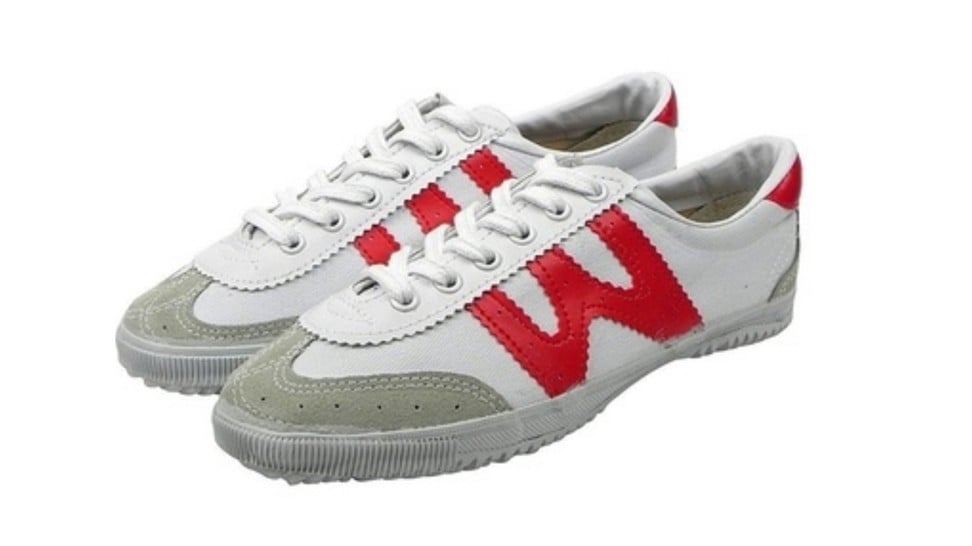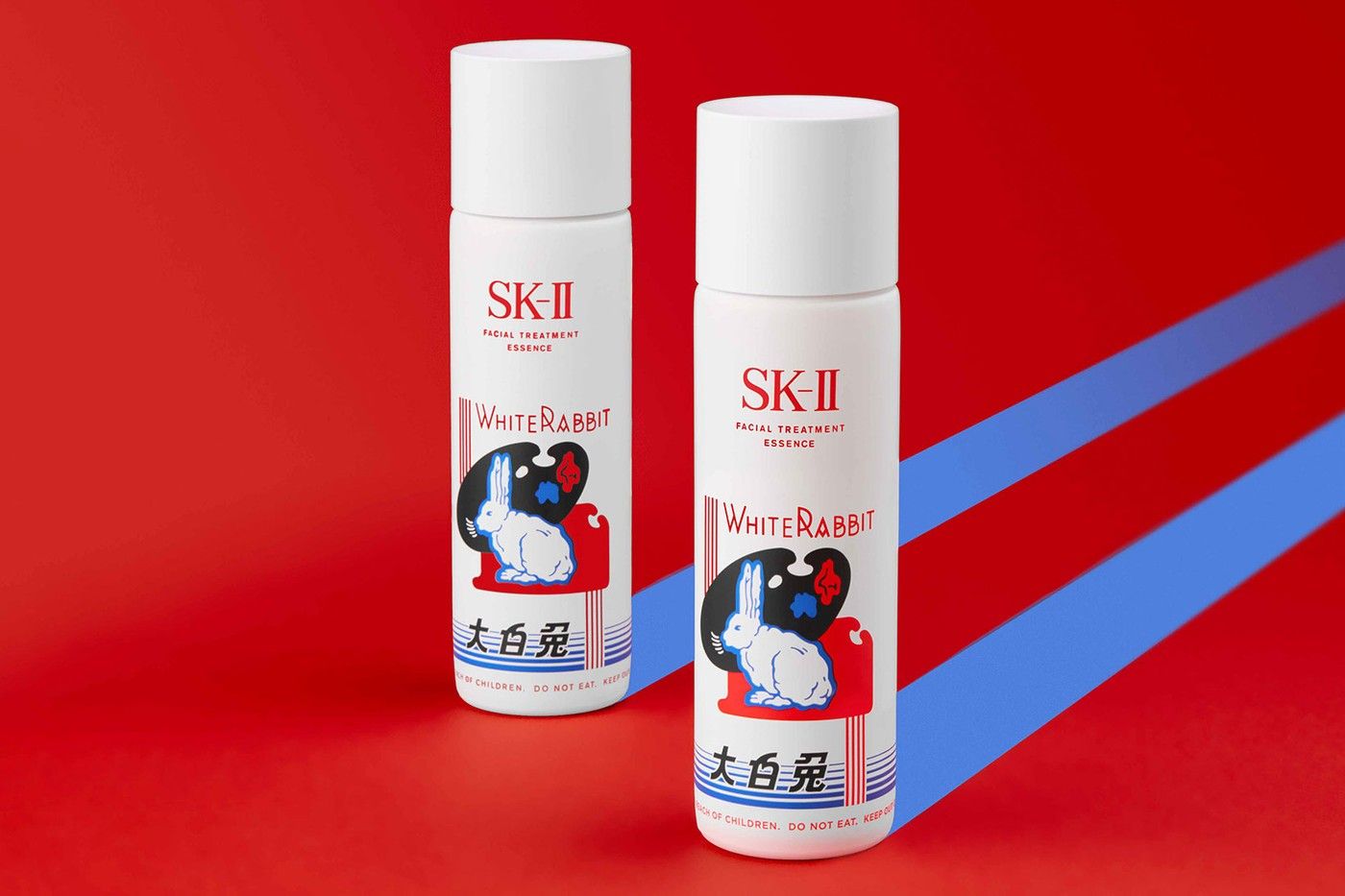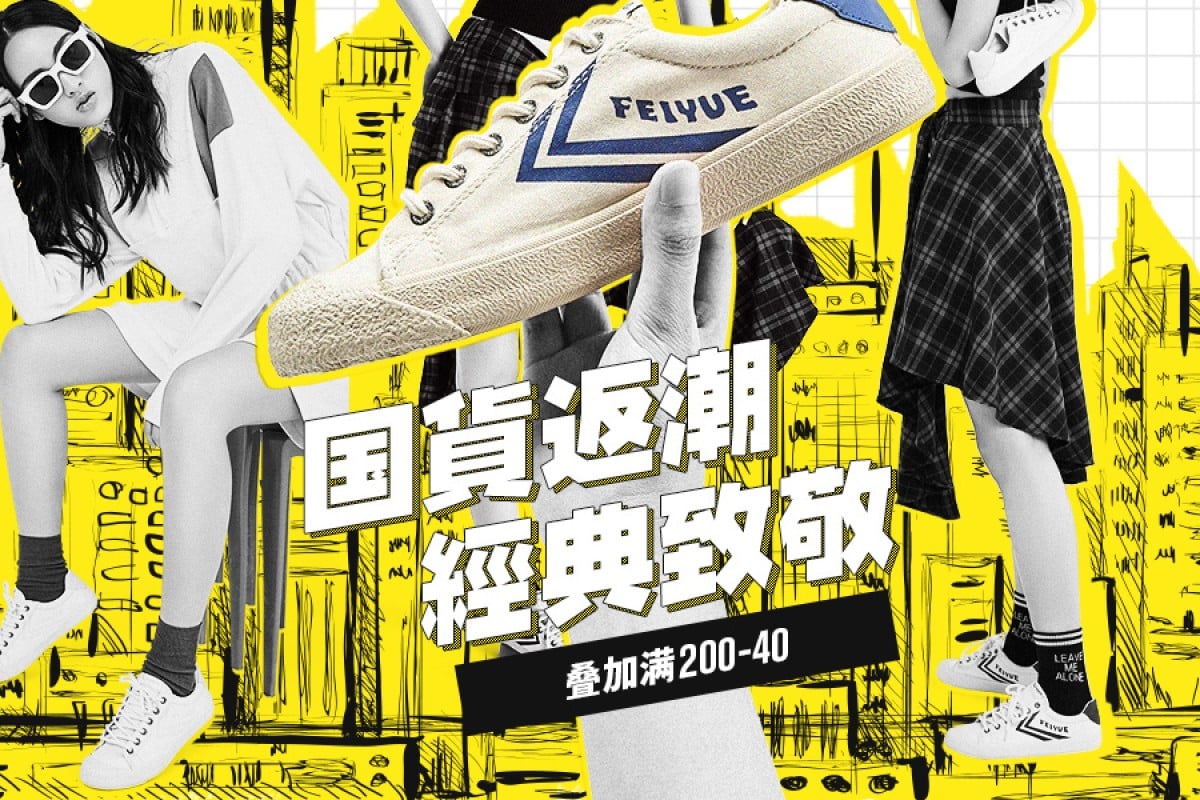 Can ‘Made in China’ be cool? Yes, if the West thinks so
Can ‘Made in China’ be cool? Yes, if the West thinks so
Jiaqi Luo
SEP 18, 2019
Guochao (国潮), literally “national hip,” is the latest buzzword in the Chinese fashion world.
The term initially referred to specific homegrown streetwear brands but now encompasses any Chinese aesthetic that counters style references from the West.
That includes heritage brands like Feiyue, Li-Ning, and Warrior, apparel makers that were once popular in the 1970s and ’80s but overtaken by foreign brands like Nike and Adidas because of their global prestige.
Now, Chinese youngsters wear guochao as a badge of pride, akin to the “Made in America” label in the United States. Call it Chinese retro.
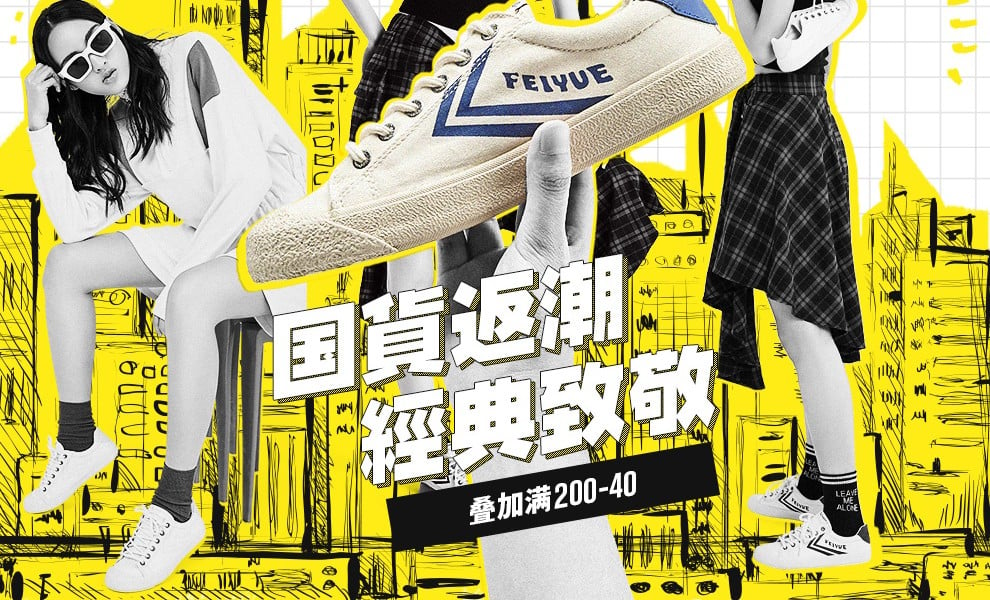
Feiyue, a Chinese sneaker brand, has benefited from the guochao resurgence. / Photo: Tmall
And with the ongoing political crisis in Hong Kong and the U.S.-China trade war, the youth in China desire guochao more than ever.
The Chinese media consistently portrays guochao as the result of “cultural self-confidence” (文化自信), that with economic power comes cultural might as well. China, they say, has had enough time chasing Western fashion and culture, and it’s time to embrace their own.
Ironically, much of guochao’s rise can also be attributed to the recognition of these brands in the West.
But ironically, much of guochao’s rise can also be attributed to the recognition of these brands in the West.
Feiyue, for example, became a global street fashion icon after a French entrepreneur discovered the shoes while learning martial arts in China. He bought the rights to sell them in France, and the shoes took off.
That this “Western gaze” is embedded in guochao makes it a complicated cultural trend. How Chinese millennials feel about heritage brands is a reflection of how they see their country: proud of its achievements but also aware that it still seeks validation from the West.
What is guochao?
Western media tends to portray guochao as the result of Chinese millennials looking back to their cultural heritage and generating renewed interest in Chinese culture.
But what excites millennials more about guochao is the transformation of old heritage brands into nostalgic chic. Because embedded in the story of guochao is the story of China’s rise.
One can pinpoint the start of guochao to February 2018, when Chinese sportswear brand Li-Ning showcased its Taoism-inspired Wu Dao collection at New York Fashion Week.
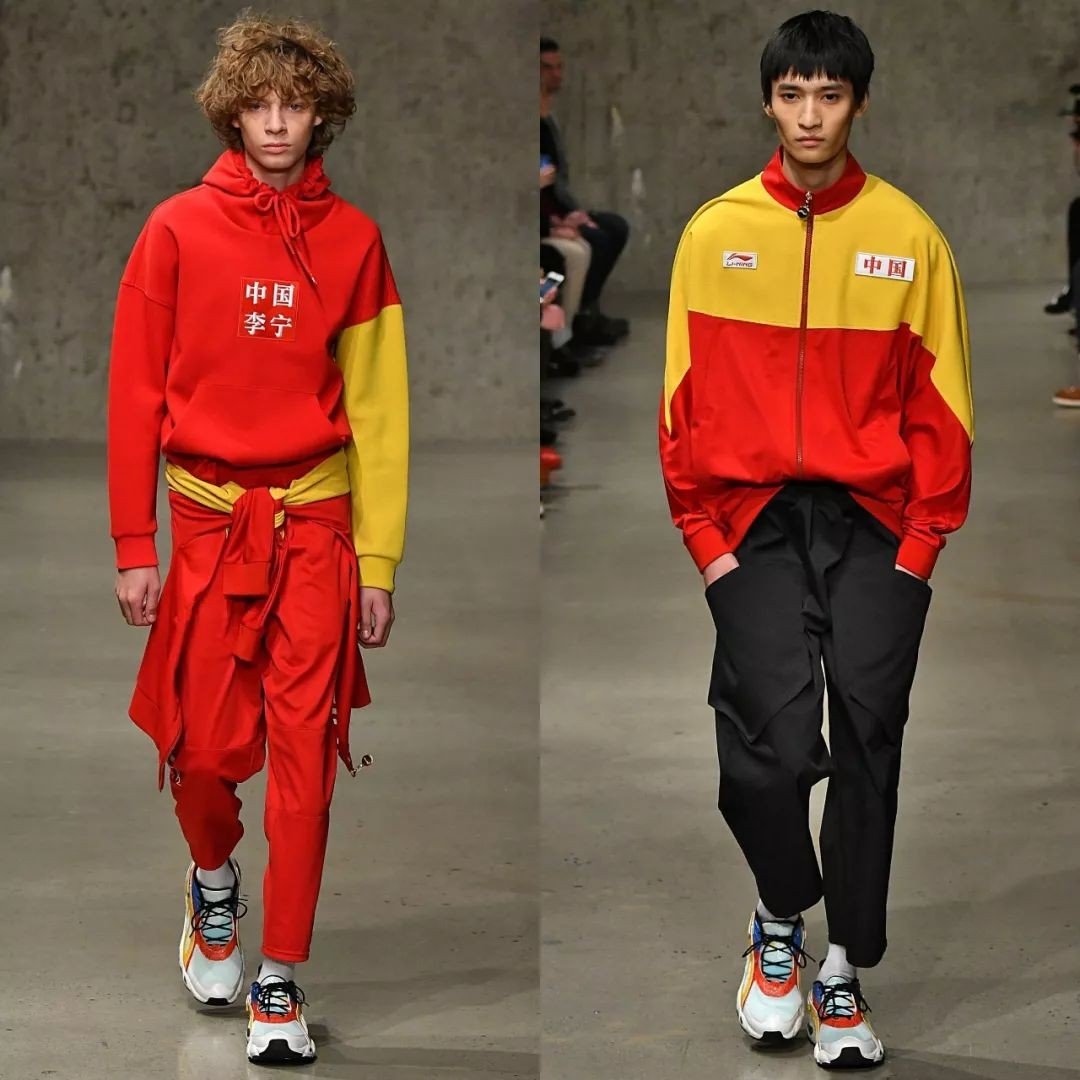
Li-Ning’s fall-winter collection at New York Fashion Week 2018. / Photo: Shutterstock
The show instantly became a social media sensation in China, where Li-Ning was lauded for “making it” in New York. Online posts juxtaposed photos of old Li-Ning products alongside new ones with the caption, “This is not the Li-Ning you knew.”
The narrative? A brand as dull and basic as Li-Ning could now turn heads with a Chinese flag design in glamorous New York.
After the Fashion Week hubbub, guochao emerged. Before, the word for heritage brands like Li-Ning was 国货 (guohuo), or “national product.” Now, they were not just products; they were cool, hip, and stylish.
Before, the word for heritage brands like Li-Ning was 国货 (guohuo), or “national product.” Now, they were not just products; they were cool, hip, and stylish.
Other brands started to jump on the guochao bandwagon, reimagining their products to capitalized on the nostalgia of millennials.
Hero, whose ink pens were a staple of primary school writing classes, launched an ink-colored cocktail with liquor distiller Rio, and Pehchaolin, a facial cream popular in the 1980s, collaborated with the Palace Museum on a chic cosmetics line.
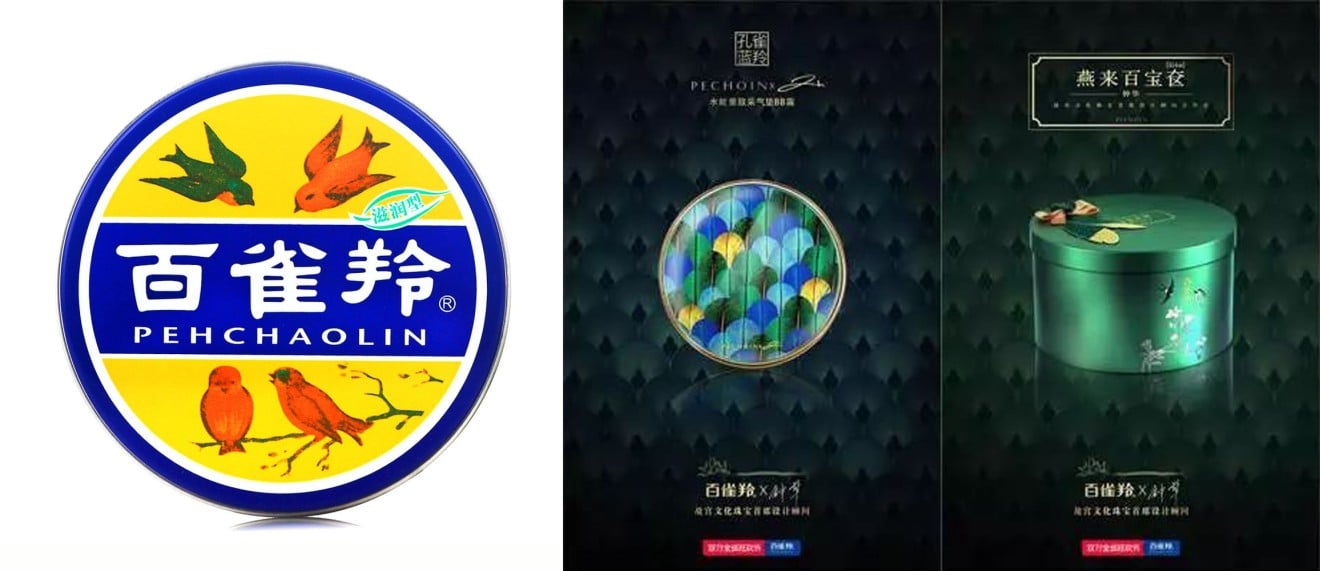
The original Pehchaolin cream (right) and the Palace Museum collab. / Photo: Pehchaolin
White Rabbit, known for its milk candies, launched a candy-scented perfume with Scent Library and even came up with a White Rabbit-scented lip balm with cosmetics maker Maxam.
All these products were sold out overnight.
While these heritage brands sought to capitalize on their image among a domestic audience, others looked abroad.
Warrior, a shoe brand worn by Chinese schoolkids in the ’80s and ’90s, has gone through a rebranding and now sells its signature sneakers at around $90 a pair overseas. In China, the same model goes for $9.

Warrior rebranded for the Western consumer. / Photo: Warrior
And then there’s Feiyue, the once forgotten shoe brand from Shanghai that re-emerged after Patrice Bastian started selling the sneakers in France in 2006.
The shoes quickly became a street fashion icon. Celebrities like Orlando Bloom and Poppy Delevingne were spotted in them. Collaborations with Celine, Marvel, and Swarovski soon followed.
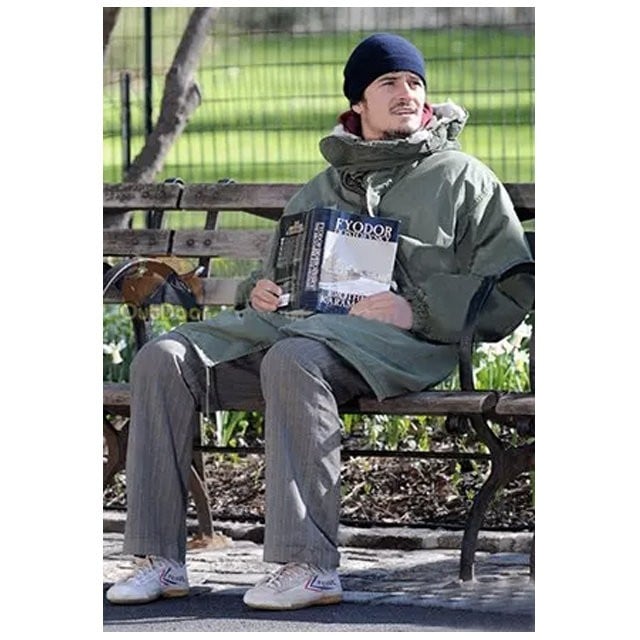
Orlando Bloom wearing Feiyue sneakers on the set of "New York, I Love You." / Photo: Weibo
Within China, the brand saw a revival. Millennials who once thumbed their noses at Feiyue in favor of Nike and Adidas started buying them again. Ironically, it had taken recognition from the West to raise Feiyue’s profile in its home country.
Patriotism as fashion, or why “a loser strikes back” narrative works
In Chinese classrooms, students are taught at a young age that the last 100 years was a “century of humiliation.” Events such as China’s defeat in the Opium Wars and the destruction of the Old Summer Palace by European forces remain an indelible part of history education.
Against this backdrop, China’s economic miracle is seen as the country catching up to the West. In colloquial language, it’s known as 屌丝逆袭 (diaosinixi), literally “loser strikes back.”
The usefulness of this narrative has not been lost on the government, which has called the renaissance of Chinese brands “the result of rising cultural self-confidence.”
Buying domestic brands is now a patriotic act.
Buying domestic brands is now a patriotic act, and consumers will not hesitate to boycott foreign labels that they feel have tarnished China’s image.
Dolce & Gabbana took a hammering last year after releasing an advertisement that was perceived as racist. Versace and Coach sparked outrage last month for shirts that apparently suggested Hong Kong was separate from China.
And amid the U.S.-China trade war, many former Apple users have switched to Chinese-made Huawei to show their solidarity, boosting Huawei’s smartphone sales by 16.5% in the second quarter this year, while Apple’s declined 13.8%, according to research firm Gartner.
It’s not uncommon to find reviews that say, “I support Chinese brands,” rather than comments on the product itself.
In online shopping sites, it’s not uncommon to find reviews that say, “I support Chinese brands,” rather than comments on the product itself.
And the latest development in the guochao trend is buying Chinese wear before going abroad.
“I got a bunch of Li-Ning T-shirts for my trip,” says Jack Song, a 23-year-old Guangzhou native. “I think it will make me look cool in Europe.”
Herein lies one of the great contradictions of guochao. Underlying this newly empowered Chinese identity is a desire to prove oneself. The message is not “this is how great China is” but rather “see how much China has changed.” For a generation that grew up with stories of humiliation from the West and viewing foreign brands as superior, international recognition is still important.
But there are signs that the next generation—those born after the year 2000—might see things differently. They are coming of age in a China that’s developing its own brands and technology. They’re wealthier, more independent, and they view domestic products as superior because they actually believe they’re faster, better, and more innovative.
Today’s guochao might be about the “loser striking back,” but tomorrow’s might see a different narrative.
Want to learn more about Chinese heritage brands and how they came to be? Keep swiping for our series Retro China, where we explore the stories behind some of China’s most beloved brands.
Jiaqi Luo
Jiaqi Luo is a writer based in Milan. She writes about fashion and style in contemporary China. Her work has appeared in Jing Daily, The Business of Fashion China, and The Luxury Conversation.







 Reply With Quote
Reply With Quote

